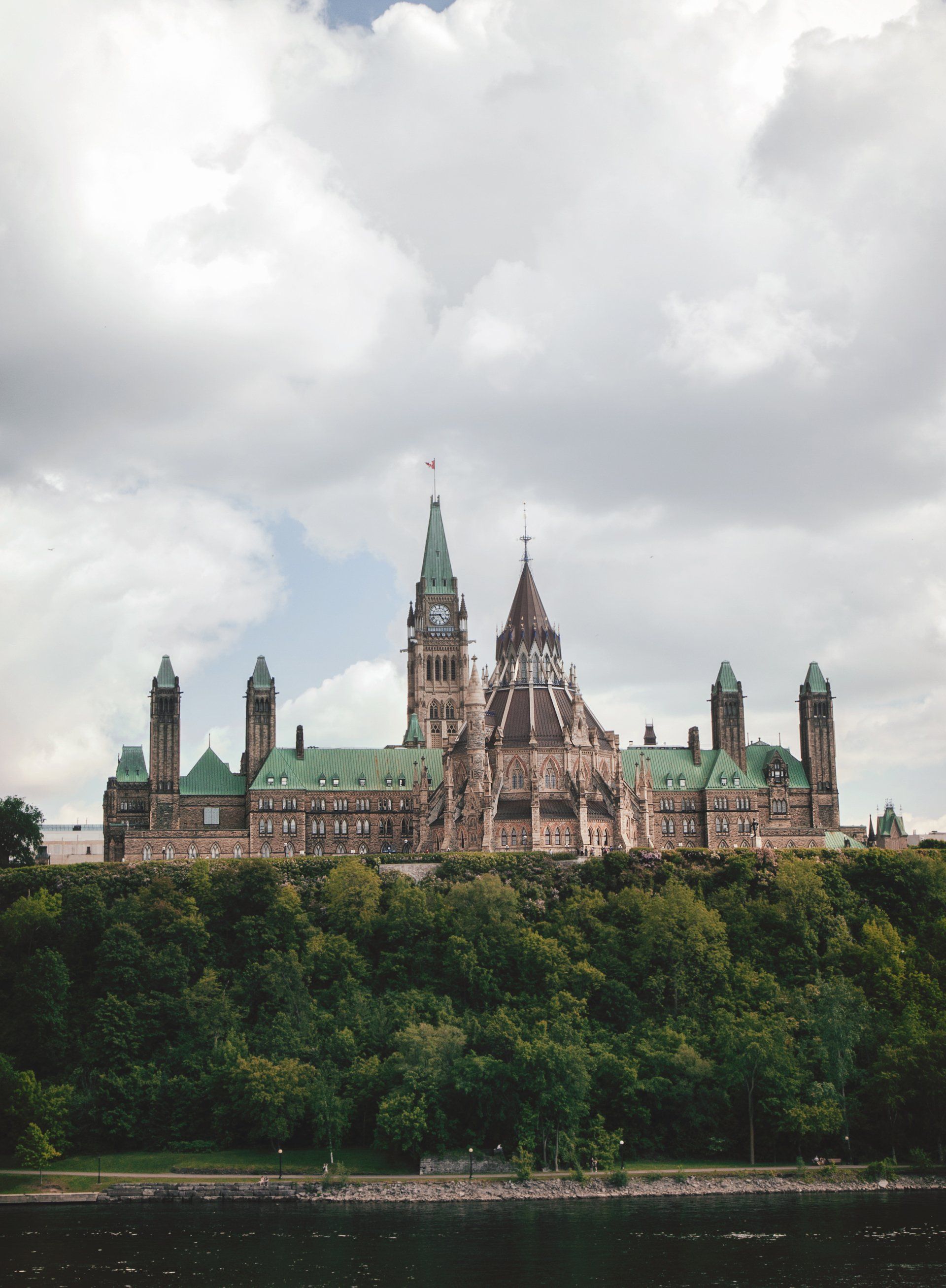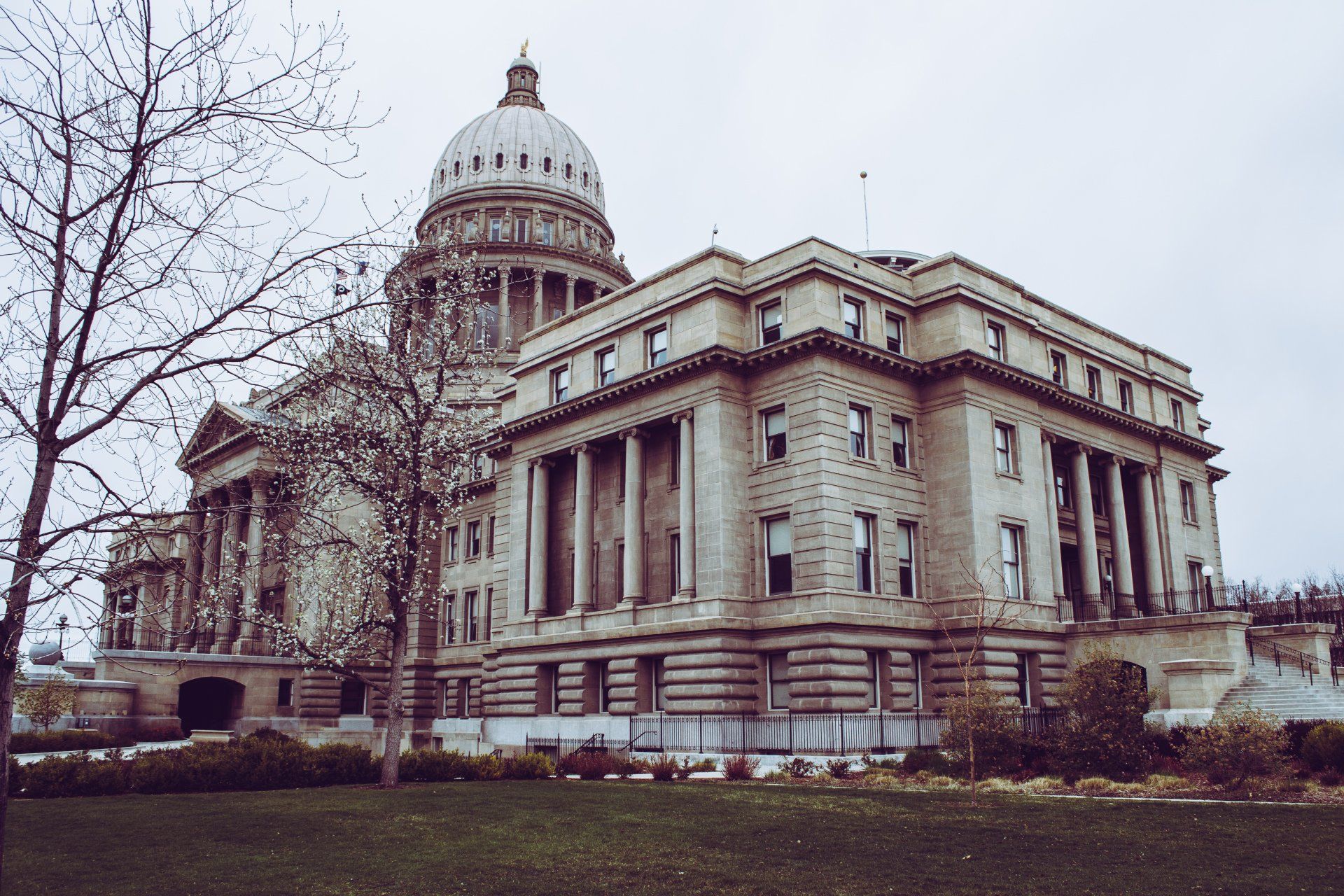Carbon Tax
Carbon - To Tax or Not To Tax
This article will seek to provide an overview of opinions in support of and in opposition to carbon taxation in Canada and other countries. The possible positive and negative aspects of these taxes are worth considering if one is to assess their role in climate change.
In 1990, Finland became the first country in the world to impose a carbon tax, followed by Poland that same year. Fifteen European countries have followed suit since then, with Sweden imposing the highest tax at €108.81 per metric ton of carbon dioxide, or CO2, or its equivalent and Switzerland coming in second at €90.53 per metric ton. In 2019, the World Bank reported that 25 countries had implemented carbon tax regimes or were scheduled to do so. Some of the biggest carbon polluters in the world, including the United States, Russia and Saudi Arabia, have yet to impose carbon taxes.
*A ‘carbon tax’ refers to a fee imposed on businesses and individuals that functions as a type of ‘pollution tax,’ the main purpose of which is to decrease the levels of greenhouse gas emissions that contribute to global warming and, thus, climate change.
Pros of Carbon Taxation
A Scientific Imperative
Though there continues to be a small but vocal contingent of climate change deniers, particularly in the United States, the majority consensus is clear: climate change is real, and getting worse. That was the finding of the World Meteorological Organization (WMO), which declared in April 2021 that all climate change-related factors and indicators worsened in 2020. This included increased greenhouse gas concentrations in the atmosphere, as well as higher land and ocean temperatures, increased sea level rise, and more evidence of melting ice and glacier retreats. Extreme weather events were also up. The 2020 data for CO2, nitrous oxide (N2O) and methane (CH4) are proof of the upward trend of all three major greenhouse gases since 1985.
Within that context, to date carbon taxes have been successful to some degree: Sweden’s introduction of a mild carbon tax in 1991 led to a significant portion of the country switching from fossil fuel energy use to more sustainable biomass, and emissions falling by 26%. In Canada, British Columbia saw its net emissions fall by 4.7% over eight years after introducing a carbon tax; on the contrary, Saskatchewan, a province with no carbon tax, saw its greenhouse gases rise from 1990 to 2015.
A Socio-Economic Imperative
It is telling what grounds the Supreme Court of Canada used to uphold the Canadian government’s bold carbon tax system, which seeks to cut emissions by 30% from 2005 levels by 2030 and have net zero emissions by 2050. The Court upheld the validity of the 2018 Greenhouse Gas Pricing Act in accordance with section 91 of Canada’s Constitution Act of 1867, known as its “peace, order and good government” or ‘POGG’ clause. Chief Justice Richard Wagner wrote that “Parliament has jurisdiction to enact this law as a matter of national concern.”
There are economic considerations too. The 2019 National Climate Assessment, a 1,515-page scientific report produced by 13 U.S. federal agencies, stated that climate change will cause growing losses to American infrastructure and property and impede its economic growth if measures are not taken. According to the Federal Reserve Bank of San Francisco (FRBSF), the rationale for carbon taxes is simple: without them, industries and consumers have no incentive to curb their emissions. The Climate Leadership Council believes a carbon tax is the most cost-effective and ‘speedy’ mechanism available to reduce carbon emissions.
The Quintessential Pigovian Tax
Carbon taxes are a quintessential example of a Pigovian (or Pigouvian) tax where duty is imposed on an entity or individual for their adverse impacts on society, in this case, the environment. These costs are too often treated as environmental externalities by traditional economic theory and accounting practices. A benefit of tax, therefore, is that it apportions responsibility for carbon-based pollution, based on an established ‘polluter pays’ principle; it ensures that adverse impacts are properly accounted for.
Furthermore, carbon taxes are simple to administer, according to the International Monetary Fund (IMF).
180: The Other Side of Carbon Taxation
High Costs to GDP
Possibly, the most pervasive argument against carbon taxes is that of their high cost, including at the macro-economic level. In Canada, the Fraser Institute contends that carbon taxes have many negative impacts, including a 1.8% decline in Canada’s Gross Domestic Product (GDP), at an average of $1,540 per employed Canadian, as well as a net loss of approximately 184,000 jobs. Furthermore, the Institute argues that the Canadian government will not be able to honour its pledge to refund household carbon tax payments without going into deficit at about $22 billion annually.
The Canadian Federation of Independent Business (CFIB) has also been a fierce critic of the country’s recently-introduced carbon tax regime. The non-profit federation, Canada’s largest organization for small and medium-sized businesses (SMEs) with over 95,000 members, believes that it will be small businesses that bear the brunt of carbon taxes long term. Detractors also point to the failed Australian carbon tax experiment, which lasted just two years (2012-14) and was also criticized for its negative impact on small businesses, particularly in the retail sector.
High Costs for Working People
“A burden on the backs of hard-working people” was Doug Ford’s response to the 2021 hike in federal carbon tax. The Ontario premier’s reaction is typical of most opponents of carbon taxation: it’s simply too expensive and working- and middle-class people will be hardest hit. In the U.S., Republican Representatives Steve Scalise and David B. McKinley introduced an anti-carbon tax resolution in May 2021 that declares such taxation would be detrimental to the American economy and most harmful to working-class Americans.
A 2014 Stanford University study found that a hypothetical carbon tax would result in double the costs for lowest-income households when compared to the wealthiest 10% of households. The study argued that the poorest households tend to spend a greater percentage of their income on fuel for heating and transportation, while richer households spend more on services, which have a lower carbon emission rate per unit of output.
Feasibility Issues
A further reason offered by critics of carbon taxation is that it simply isn’t feasible. The graph below compiled by the IMF shows that even a carbon tax at a relatively high $70 per ton would not be enough for many countries to meet their 2015 Paris Agreement commitments or ‘pledges’. In fact, some of the biggest greenhouse gas-emitting countries would still fall short of their Paris pledges, including Australia, Canada, France, Mexico, Saudi Arabia and the United Arab Emirates.
Even a carbon tax as high as $170 per ton by 2030 of CO2 or its equivalent, as per Canada’s current progressive carbon tax regime, would only result in a 26% reduction in emissions, well below its Paris target. A carbon tax as high as $243 per ton would be needed to get Canada’s 2030 emissions down to the commitment it made in Paris.
Another question to ponder is how governments are choosing to spend carbon tax dollars? Are countries working towards new energy technologies with those funds? Or do carbon taxes get dumped into the general coffers?
New Brunswick received sharp criticism after it was revealed in March 2021 that the province had spent only $25.9 million of the $36 million in its climate fund. Also, much of the provincial climate fund has been spent on investing in small nuclear reactors as a ‘clean energy’ alternative, which would take years to reap emissions benefits. Part of the debate in the United States regarding carbon taxes has been how said taxes would be distributed, with much of the emphasis being on dividends to U.S. citizens and corporate tax rebates, rather than on direct reinvestment into renewable energy.
On the other hand, some countries are very clear about how their carbon tax revenues are spent. Ireland released a 7-page breakdown of its carbon tax allocations as part of its Budget 2021, most of which would be for more renewable energy and sustainable agriculture initiatives. Sweden does not generally ‘earmark’ tax revenues as part of its national budget; however, all carbon taxes are reported to have been reinvested in emissions-abating initiatives.
Whether or not carbon taxes can make a real difference is open to debate - but it’s an urgent debate nevertheless.


